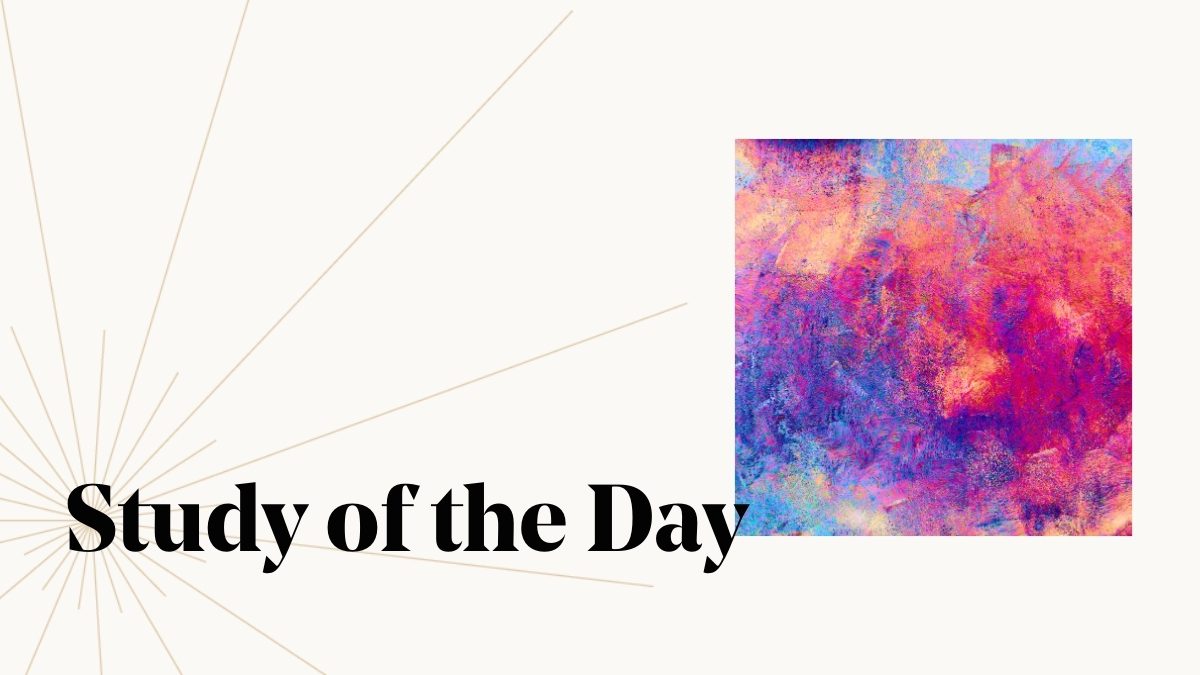In our Study of the Day feature series, we highlight a research publication related to a John Templeton Foundation-supported project, connecting the fascinating and unique research we fund to important conversations happening around the world.
During the 1970s researchers from the Summer Institute of Linguistics carried stacks of paint chip cards manufactured by the Munsell company to remote areas around the world to show them to native speakers of dozens of little-studied, non-written languages. Thousands of times a ritual was repeated: over the course of an hour or two the participants were shown more than 300 cards, each with a sample mounted in the center of a neutral background, as they were asked the local-language approximation of the question, “What color is this?”
The results — the responses of more than 2,500 speakers from 110 languages categorizing 360 precisely graduated color samples — were duly coded by the field workers and sent back to Berkeley, where Brent Berlin, Paul Kay and Richard Cook oversaw their initial analysis as the World Color Survey. The initial findings from the survey, published in 2009, advanced and refined Berlin and Kay’s 1969 theory that human cultures’ basic color terms expand in a predictable pattern.
Some of the surveyed languages had as few as three basic color terms; others had as many as eleven. And the sequence of color terms looked like it might be hard-wired in the human brain: terms for black/dark and white/light appeared across the board, followed in frequency by a set of hues centered around red. Languages with a basic color term for yellow all had at least three other basic terms. The patterns in languages spoken today suggested a possible universal evolutionary sequence, whereby features of language might be determined by the workings of human eyes and minds.
Since the first publications based on the World Color Survey data, linguists and anthropologists have explored the edges of the data, looking for exceptions (what to make, for instance, of outlier cultures not used to thinking of hue as separate from attributes like pattern, texture and reflectivity — or of those whose respondents flatly refused to say what color they saw for three-quarters of the survey’s samples?). Even decades later, the survey’s cross-cultural data is still revealing new patterns.
Dividing the Spectrum
In a recent study published in the Proceedings of the National Academy of Science, Colin Twomeya, David Brainard, and Joshua Plotkin used advanced statistical modeling to look at how languages might add additional color terms. Most languages efficiently divide visible colors into basic color terms — when you map out the spectrum, the edges of the basic color zones divide it up with minimal gerrymandering.
Given an assumption of efficient division, the researchers simulated how an n-term language’s efficient division of the color space might evolve into a n+1-term division. Their analysis showed that the starting division mattered a lot.
For instance, a 6-color language with basic terms for black, white, red, yellow, blue/green and pink was most likely to transition to a 7-color language with separate blue and green. But a 6-color language without pink (with black, white, red, yellow, blue and green) was unlikely to add pink as a seventh color — the most probable efficient additions were either light green or orange.
Their analysis suggests that the evolution of language color terms is path-dependent: it has a trajectory that you can follow both forwards and backwards in time to discover probable future and ancestral states of a given language.
Seeing the Wine-Dark Sea
In 1858, the future British prime minister and passionate philologist William Gladstone worried, based on the relative lack of color terms in the Iliad and Odyssey, “that the organ of colour and its impressions were but partially developed among the Greeks of the heroic age.” Modern cross-cultural studies of visual perception suggest that there was nothing “partially developed” about the eyes of the ancient Greeks (or with the vision of present-day speakers of languages with a small number of basic color terms). But if we think of seeing not just as the detection of a visual stimulus but of how we think and talk about what we have seen, then Homer’s original audience did see differently. And how we collectively think about color very much connects to what human cultures have been — and to what they might become.
Still Curious?
Learn more about the World Color Survey and the Munsell color system.
Read William Gladstone’s 1858 theories on Homer’s perceptions and use of color.
Nate Barksdale writes about the intersection of science, history, philosophy, faith and popular culture. He was editor of the magazine re:generation quarterly and is a frequent contributor to History.com.
